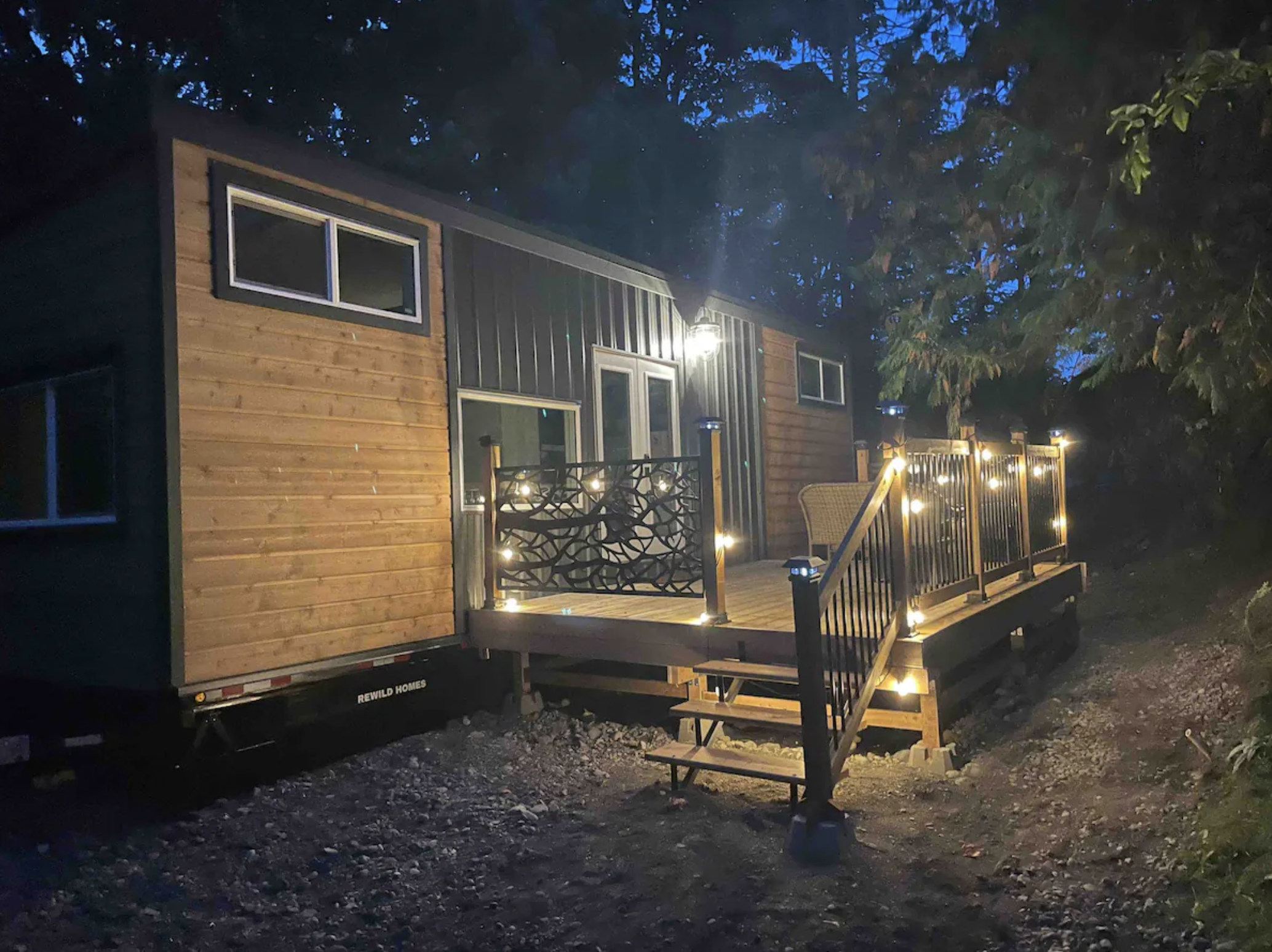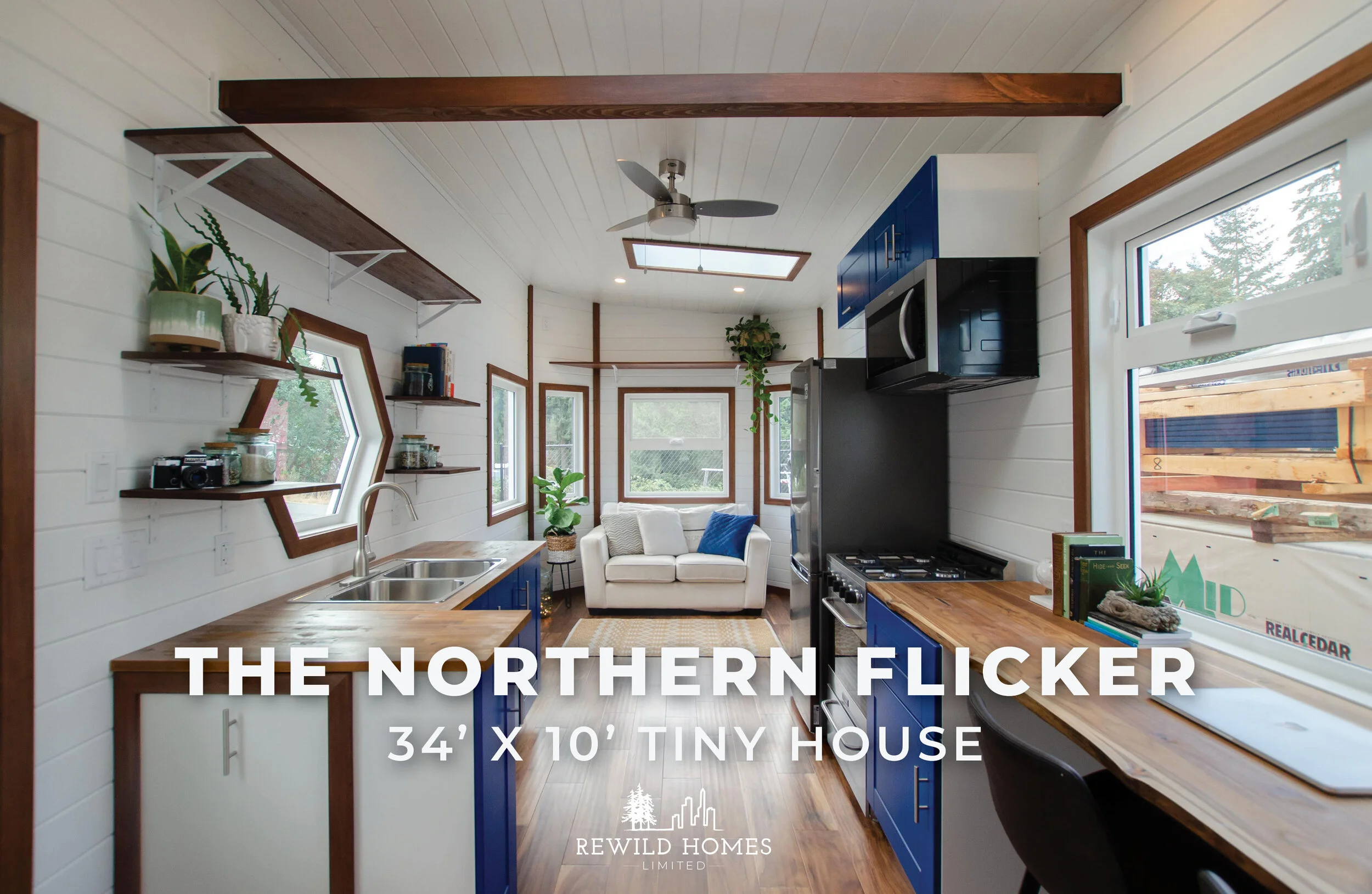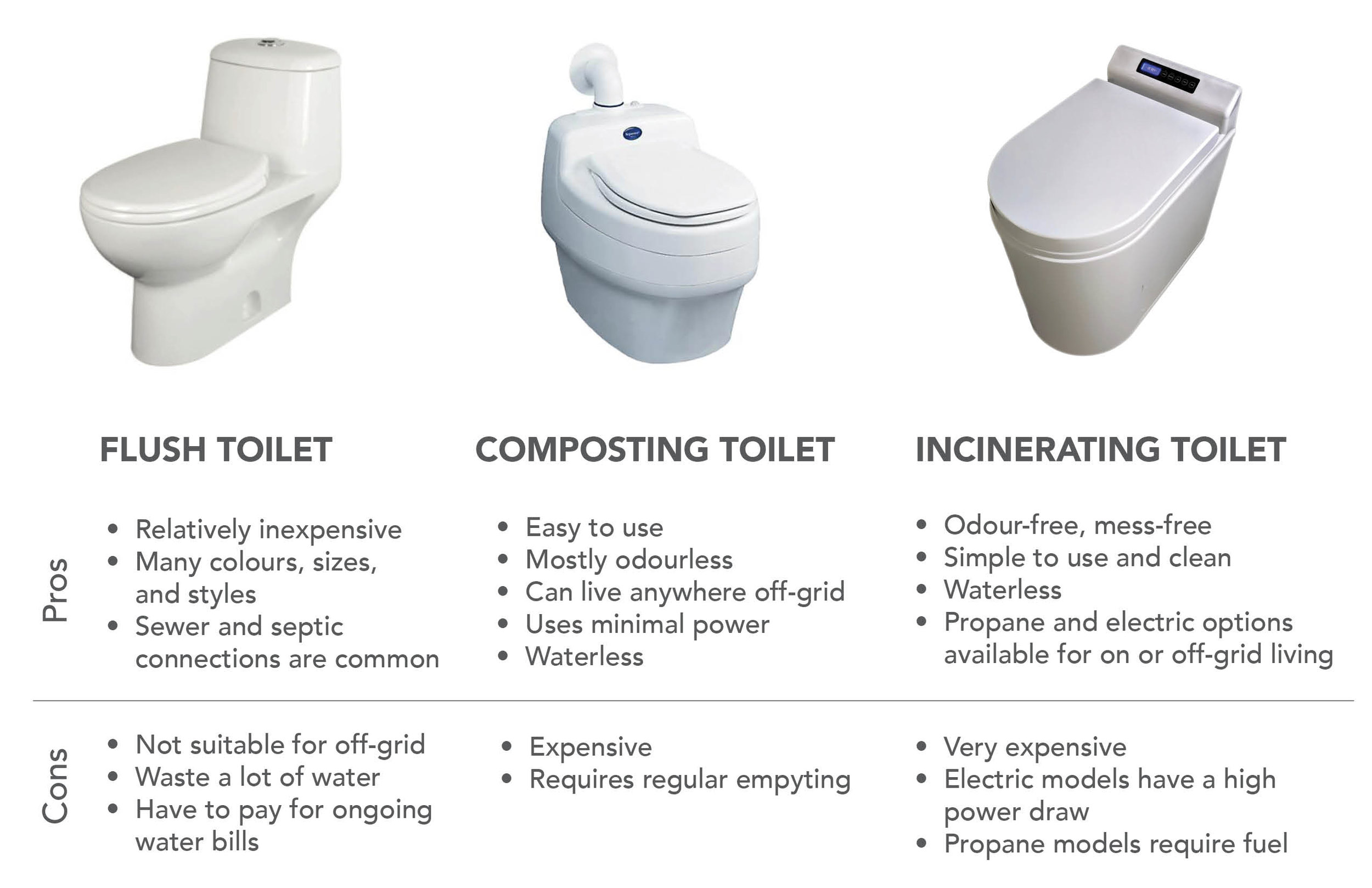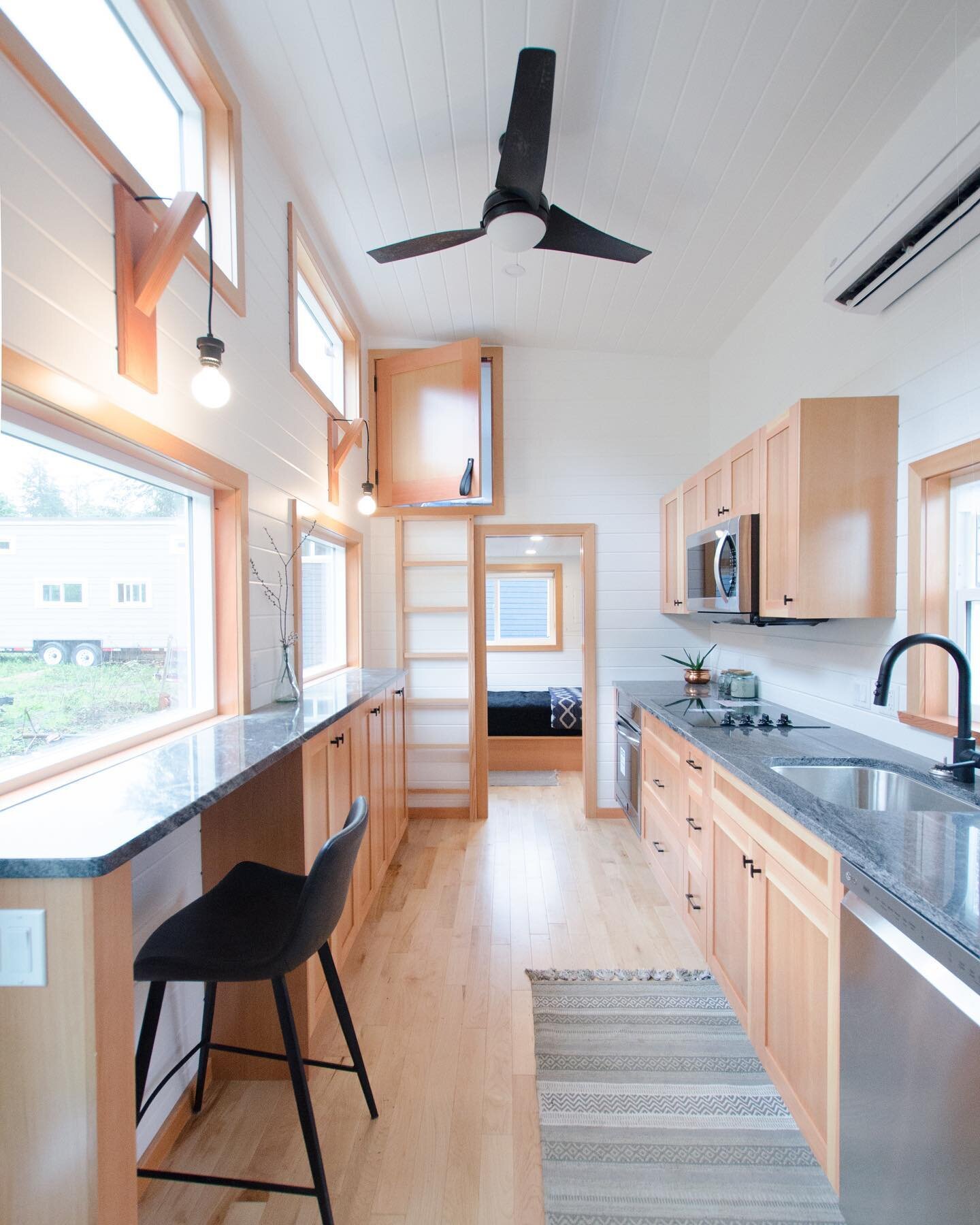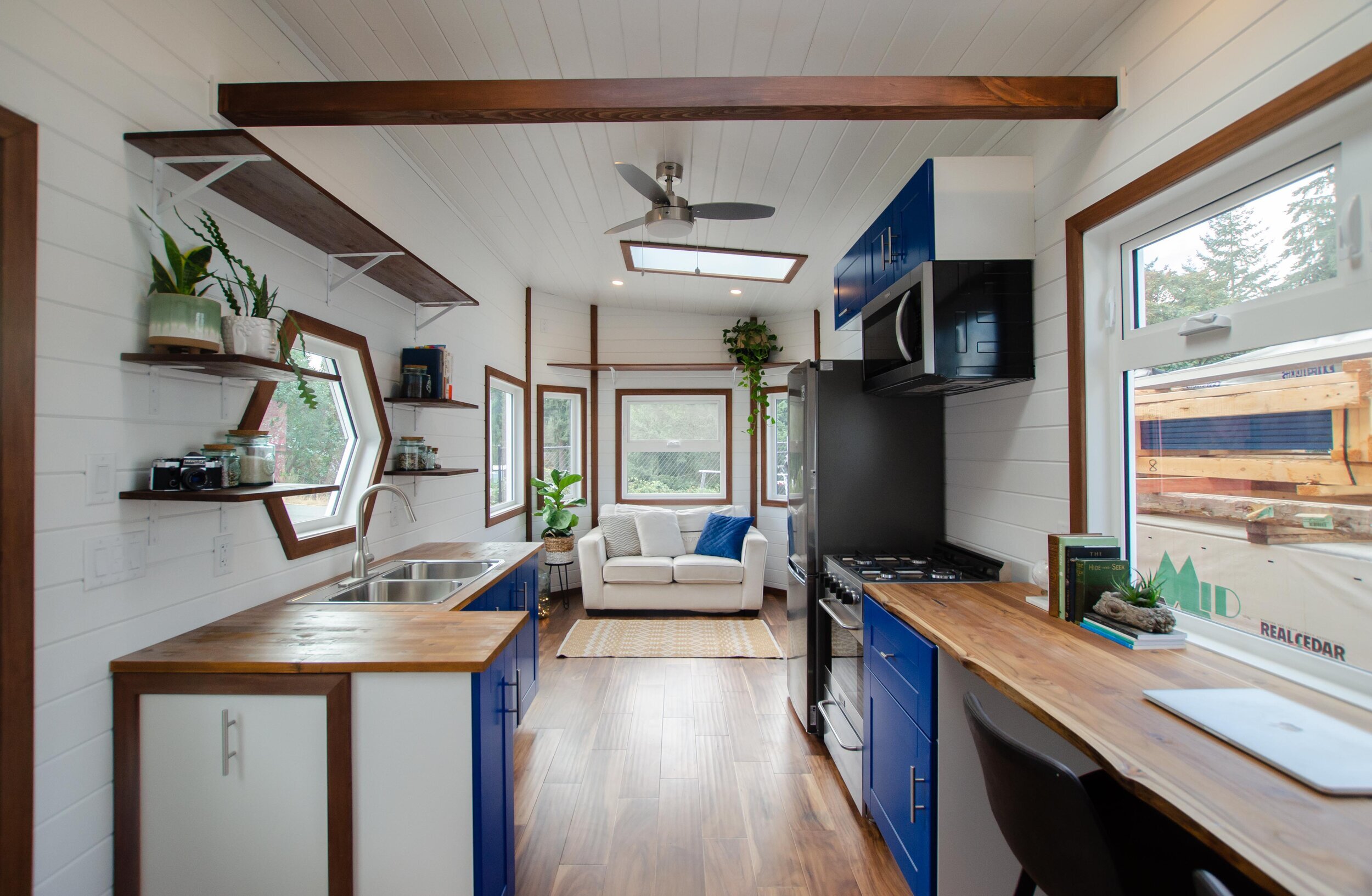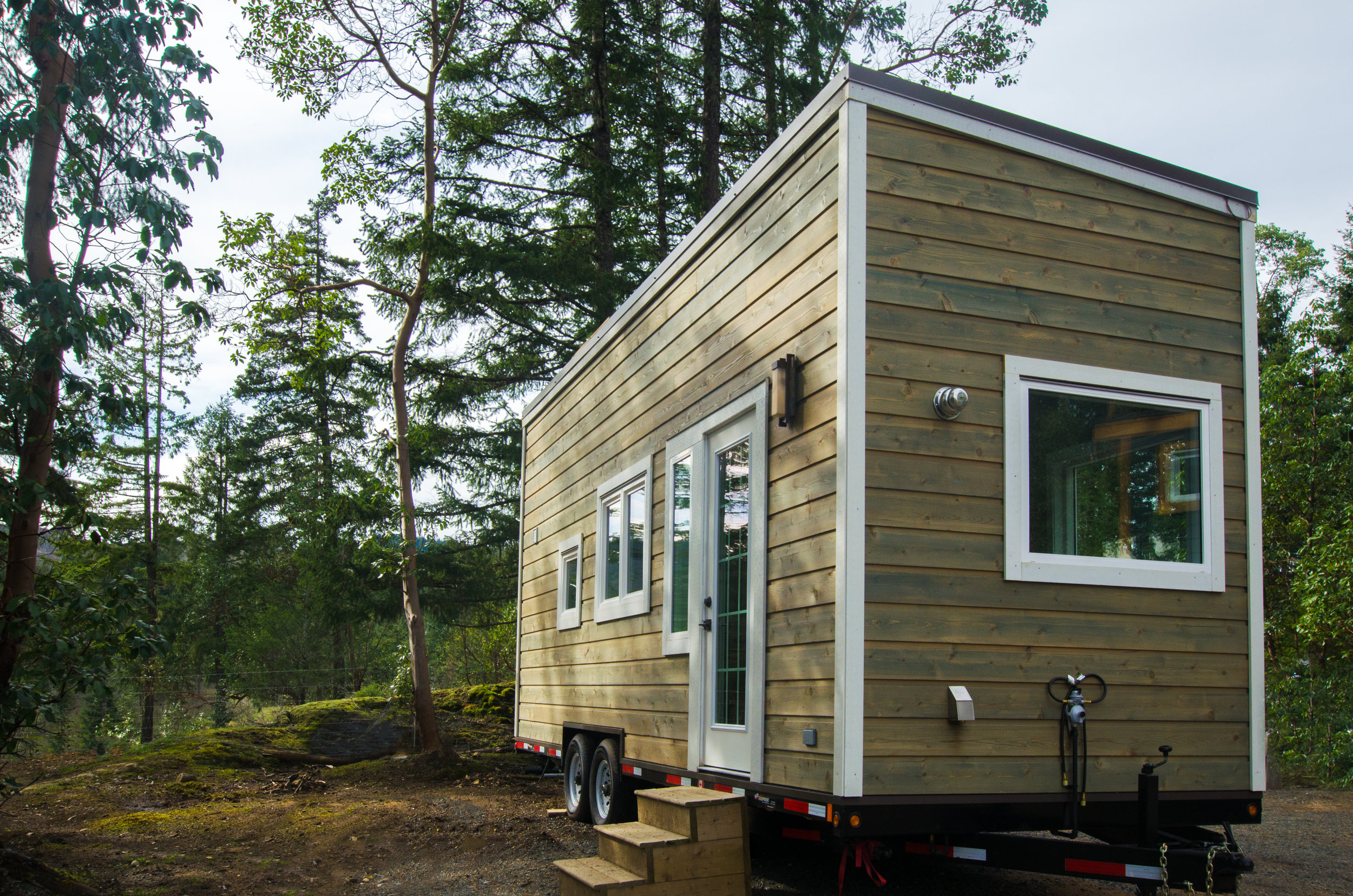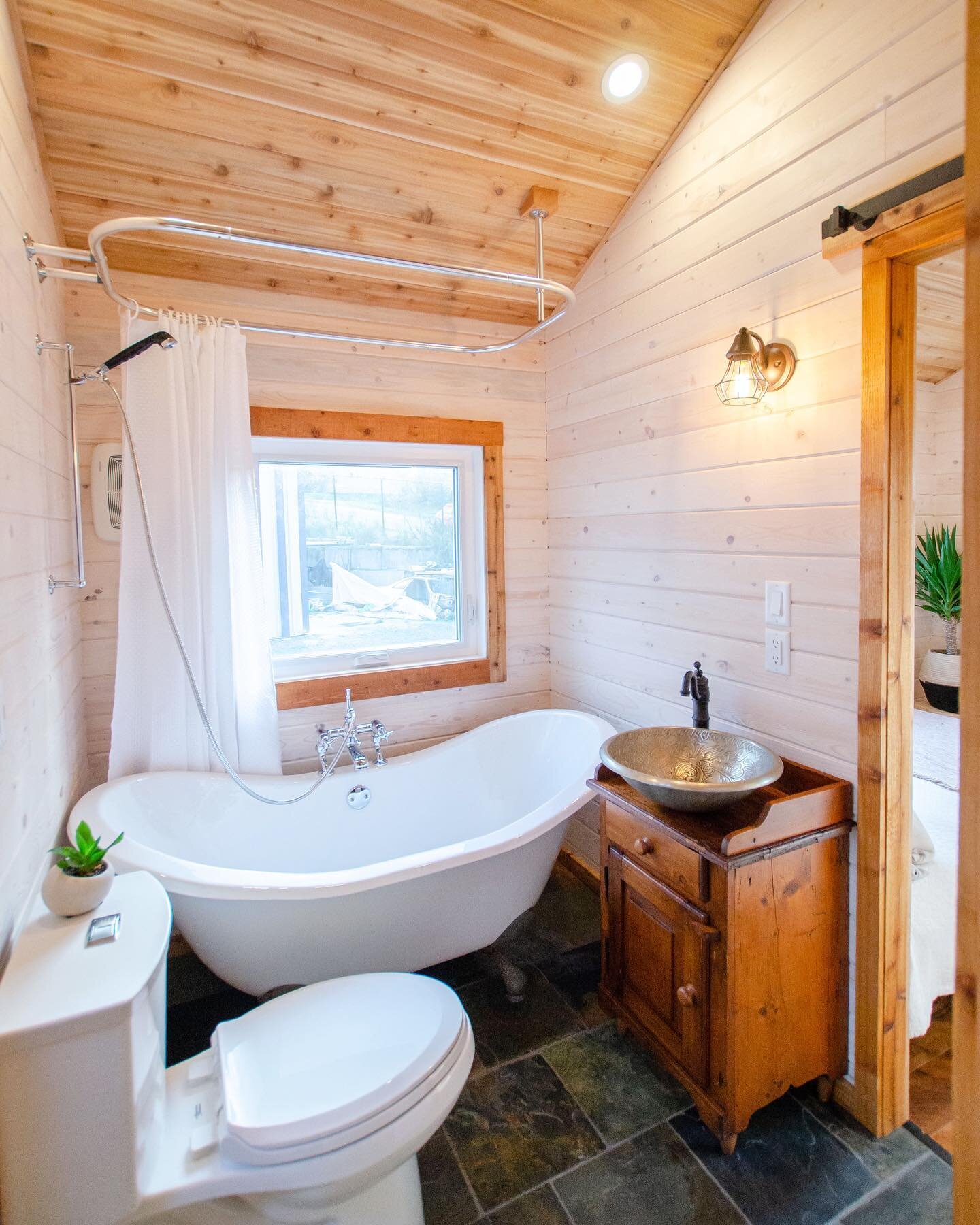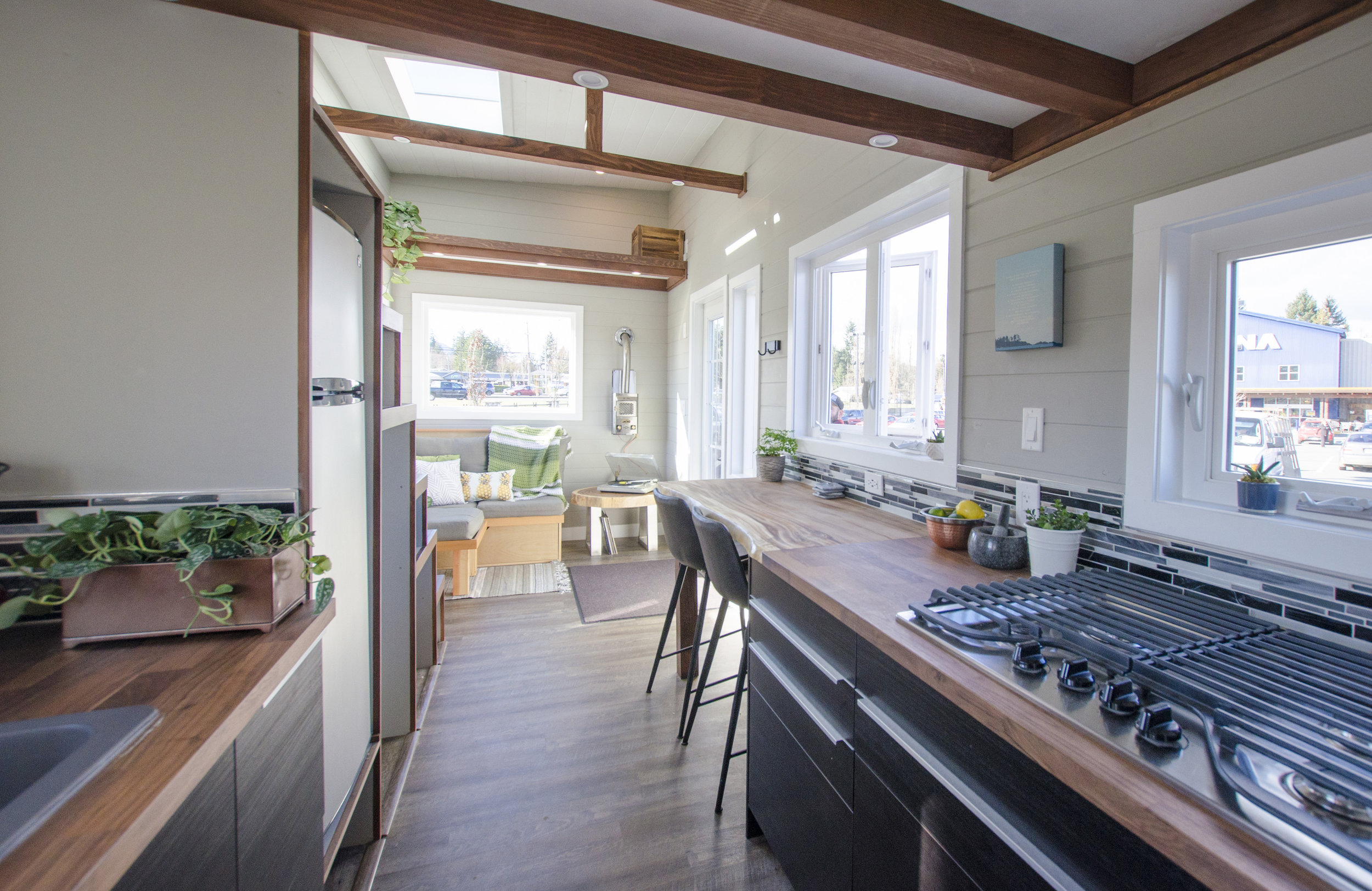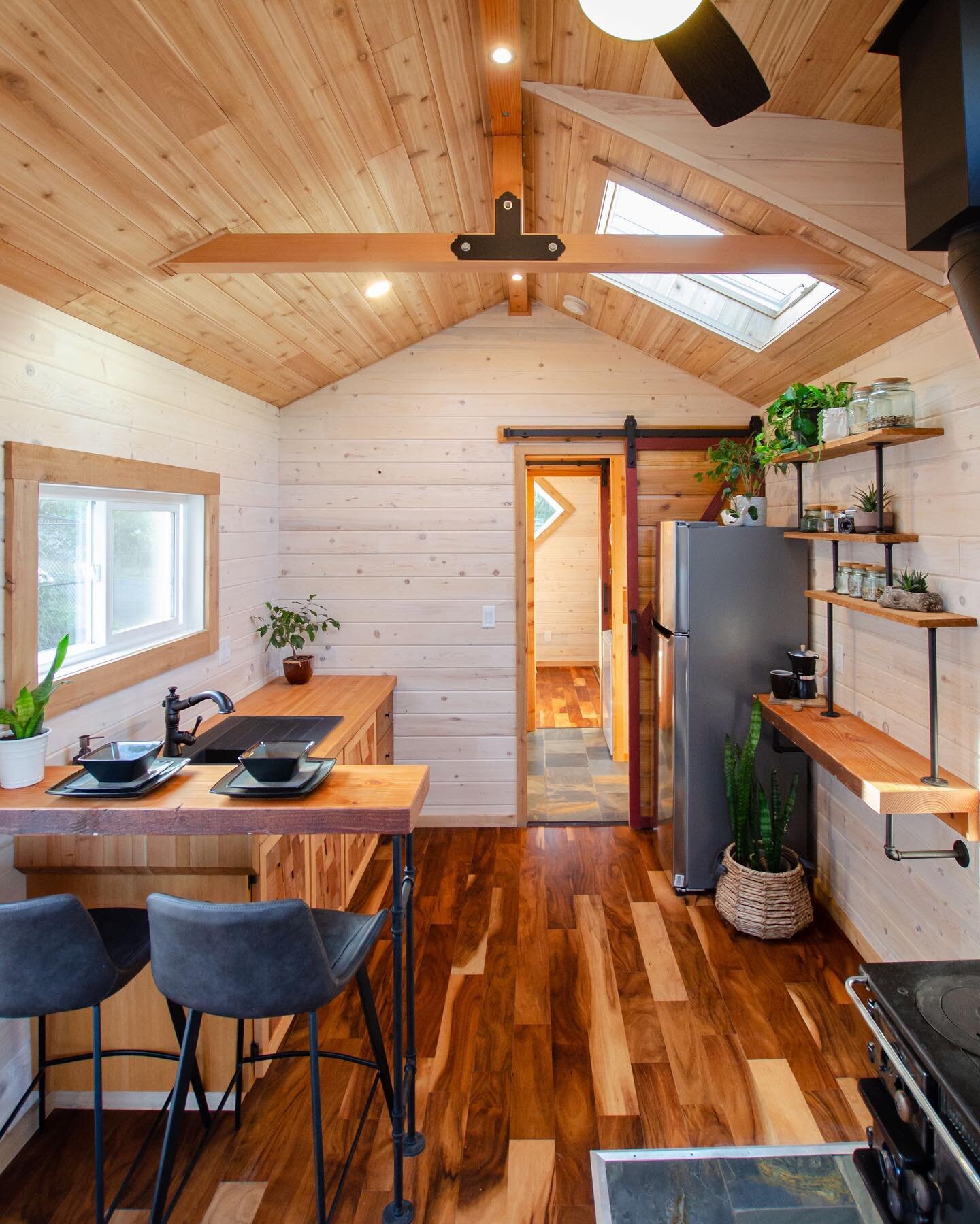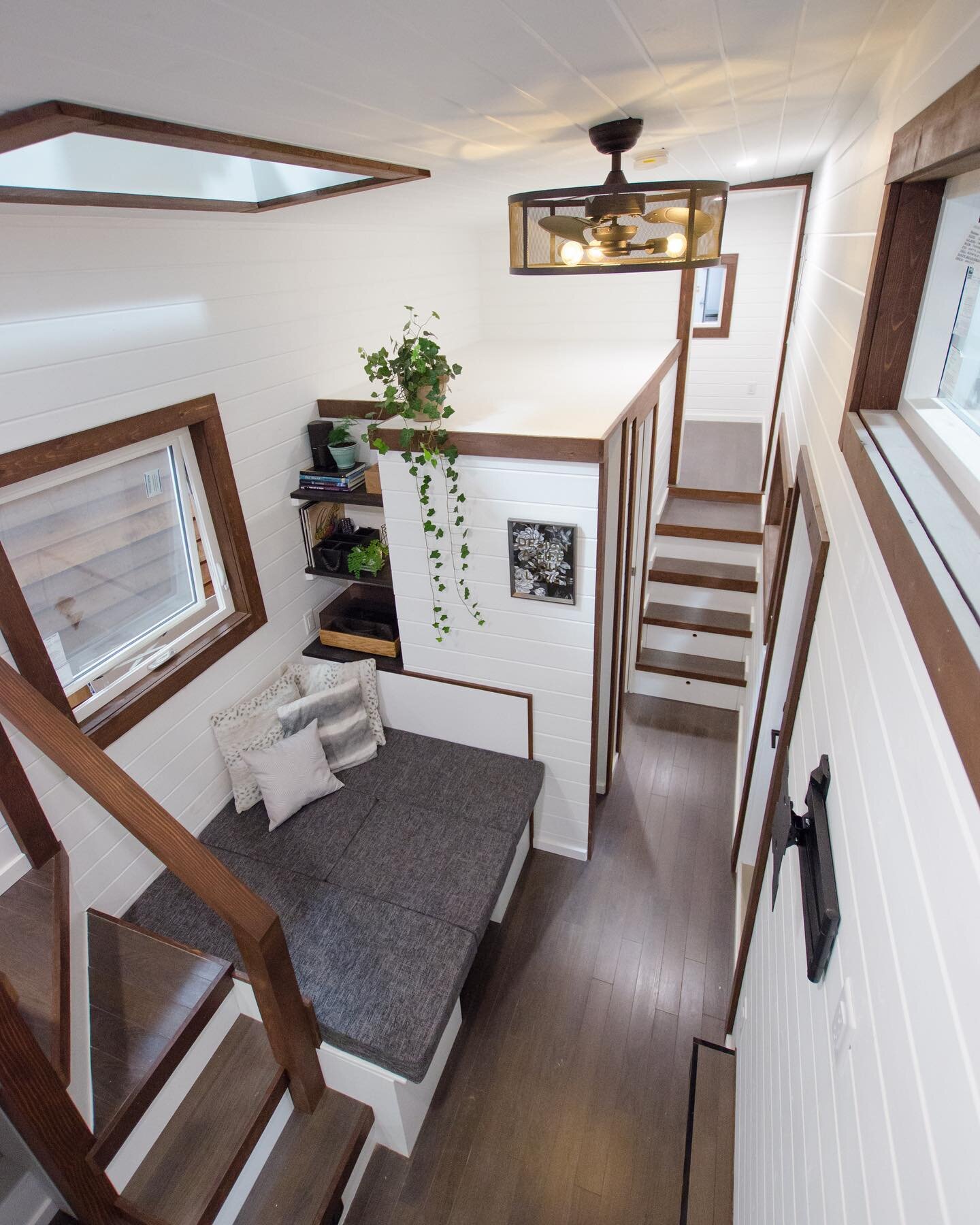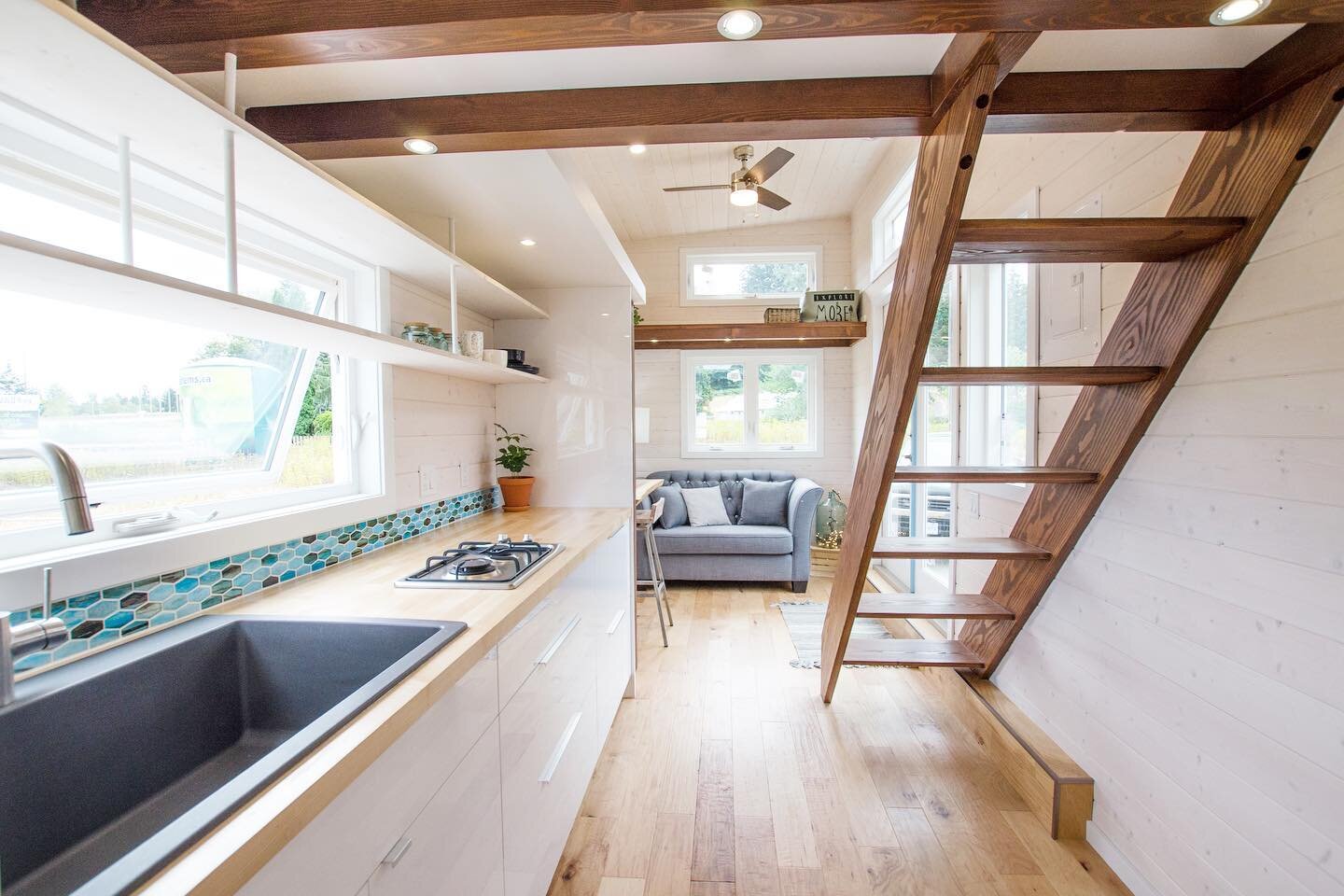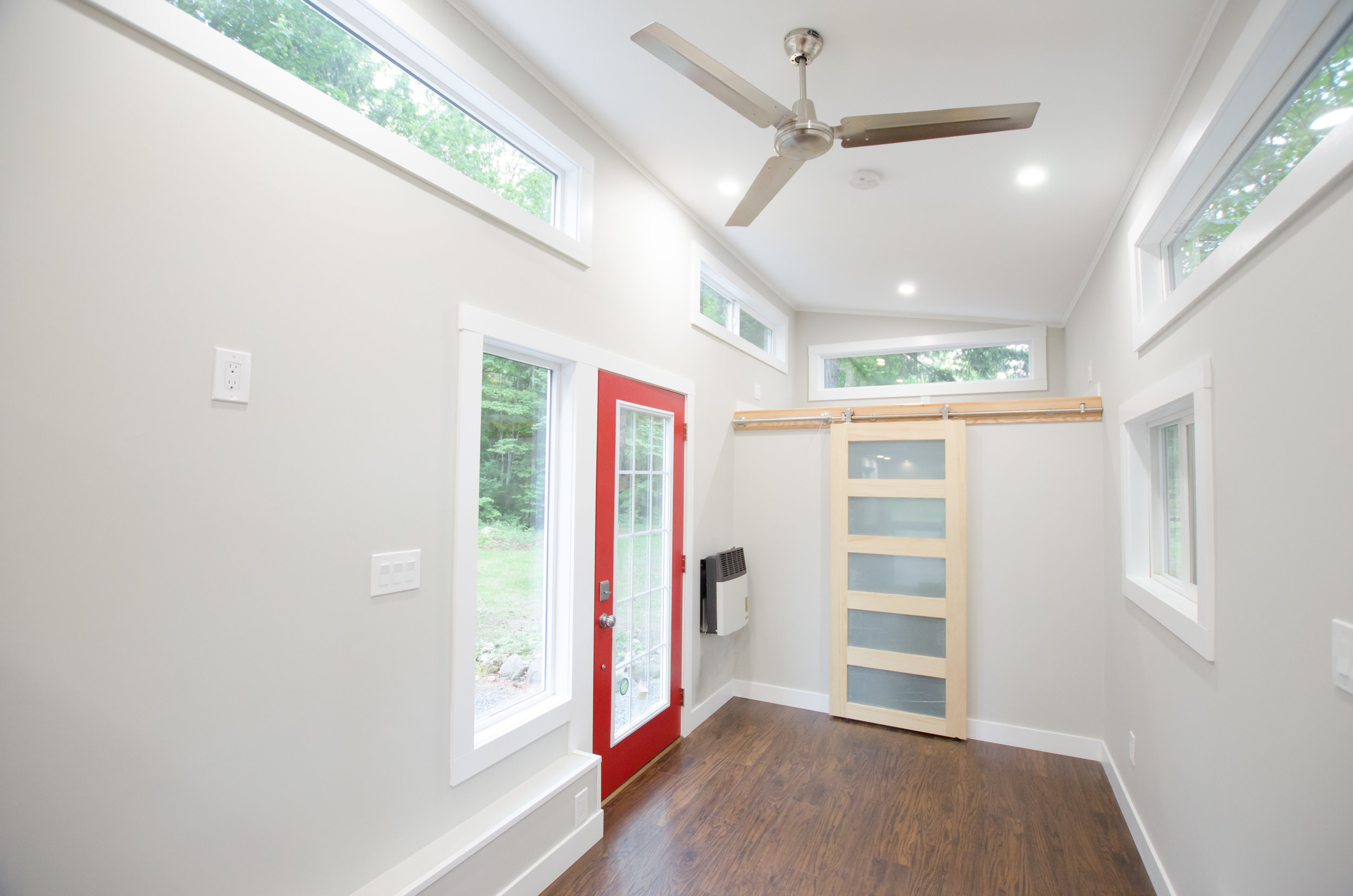What’s the difference between an RV and a tiny home?
/The abbreviation ‘RV’ stands for recreational vehicle. RVs were invented in the beginning of the 20th century, gaining popularity with the rise of the automobile. They provided new opportunities for extended travel, whereby one could vacation for several days or even weeks at a time without the hassle of pre-booking accommodations or sticking to a set route. In most bylaw definitions, an RV is defined as “any vehicle, trailer, coach, house, structure or conveyance designed to travel or be transported on a highway and constructed and equipped to be used as temporary living or sleeping quarters by travelers.” In most cases, habitation in an RV is not allowed because of their temporary nature.
Unlike RVs, tiny homes are designed for full-time living and are connected to a much deeper history of dwelling and are not associated with the rise of the automobile. In fact, the contemporary tiny home movement is arguably a rediscovery of the way humans used to live. Whether out of necessity, availability or affordability, people have historically occupied much smaller living quarters than the average North American home today.
The major difference between RVs and tiny homes is that tiny homes are designed to accommodate full-time living, whereas RVs are intended for occasional use. They are built with different materials in order to serve those purposes. RVs are constructed with flexible, lightweight materials like vinyl, fibreglass and laminate that are well suited for the stresses of road transport, as they flex on impact and absorb shock. Conversely, tiny homes are typically built with heavier, more structurally-sound construction materials. Because of these differences, the lifespan of a tiny home is substantially longer than that of an RV.
Unfortunately, vinyls and laminates are not especially durable, nor are they great insulators. It can be difficult to regulate temperature in an RV— particularly in colder climates. Moisture build up and water leakage are also common because the sealants and membranes wear down quickly. This can lead to serious air quality issues, as mould and mildew are more likely to develop. Conversely, tiny homes usually feature timber framing, siding, insulation with a high R-value and double-paned windows, as well as finishings and appliances that one would find in a full-sized home. Although these materials are significantly heavier than plastics, they contribute to an overall quality, longevity and livability that is lacking in RVs.
Furthermore, tiny homes are usually more expensive than RVs. Not only are material costs higher, but the custom nature of tiny homes adds labour costs. RVs are typically very cookie-cutter, whereas if you choose the right tiny home builders, a huge variety of material selections, colours, layouts and styles becomes available to you.
There are also some differences between RVs and tiny homes when it comes to off-grid living. Most RVs are designed to travel between RV campsites. Although they can function ‘off-grid’ for short stretches of time, they are dependent on blackwater disposal sites and recharging stations to prepare for the next ‘off-grid’ segment of a journey.
With correctly sized systems, a tiny home can function off-grid indefinitely. Composting or incinerating toilets, solar power and rainwater collection systems can all be installed in a tiny home so that you can be completely self-sufficient. Because off-grid equipment is especially heavy, fully off-grid tiny homes are not the best suited for mobile living. However, they do provide an excellent alternative if ecological footprint is a concern and you have a set parking location picked out.
So, how do you know which is better suited for your needs? A tiny home or an RV? Here are a couple of questions worth considering before making a final decision:
- How frequently do I plan on moving?
- Am I planning on towing this home myself?
- Are my intentions for part-time or full-time living?
- Is this a short term idea, or do I want to invest in a long term living solution?
- Is my environmental impact a concern/am I interested in off-grid living?
- Do I have a place where I can park year-round?
- What kind of climate do I live in?
It’s also important to understand that the term “tiny home” is still a colloquialism in Canadian codes, with no real set definition other than a loose description of “less than 600sqft in size.” Some people choose to have their tiny homes certified as RVs which can make frequent transport easier, but ultimately the RV certification is not an indication of quality because RV certification is focused primarily on transportation safety, with little to no requirements when it comes to quality of materials, insulation, or many other important factors that should be considered when building a tiny home.




